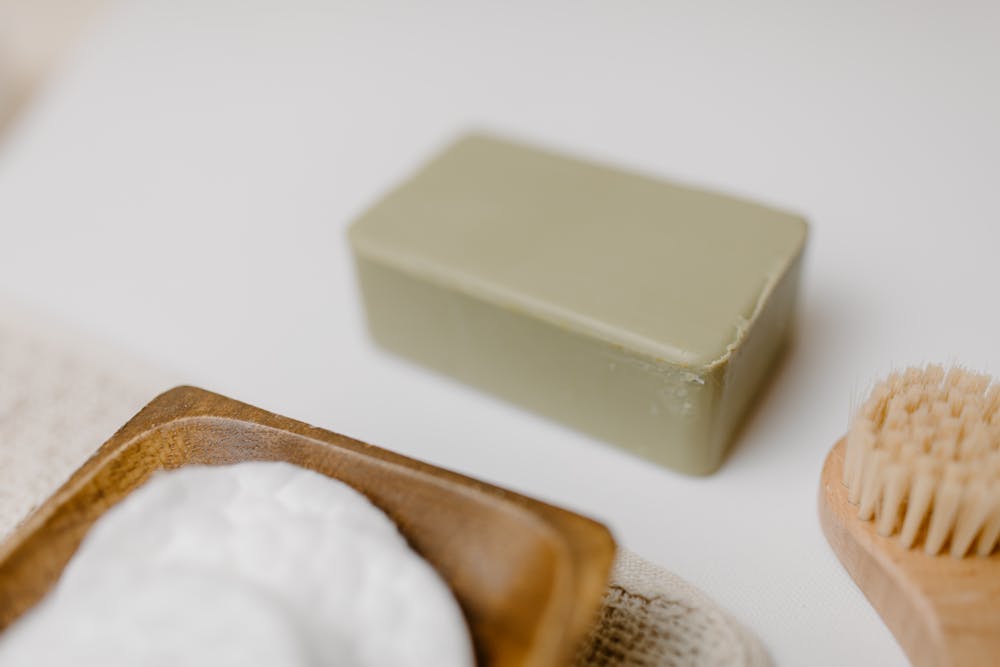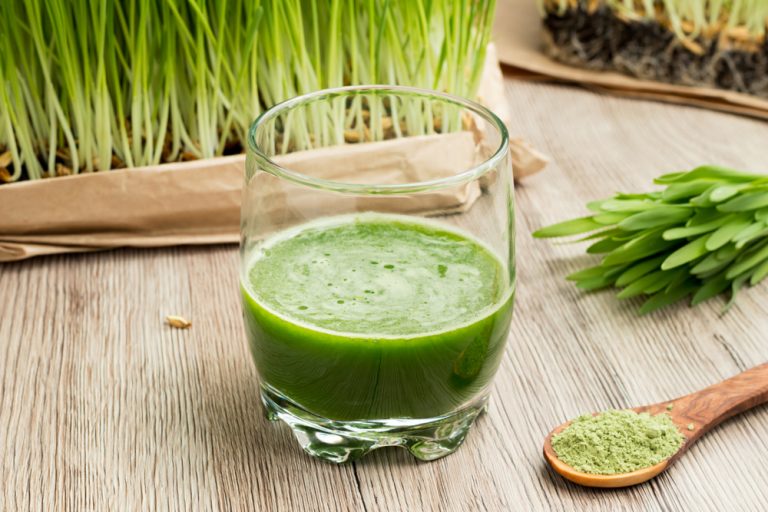The Key Differences Between Liquid Hand Soap vs Bar Soap
Have you ever wondered what goes into your soap? Many of us simply grab a soap based on fragrance or convenience, but there’s much more to consider. Below, we’ll delve into the key ingredients in both bar and liquid soaps, helping you learn their differences and benefits.
Whether you prefer bar or liquid, understanding soap ingredients can help you make an informed choice between the two. Discover the unique qualities of each type, and confidently choose the best option for you and your family. Let’s dive in and uncover the secrets behind your everyday soap!
What Are the Main Ingredients in Soap?
Soap is a simple yet essential part of our daily routines, but have you ever wondered what goes into making it? The main ingredients in soap are crucial for its effectiveness, texture, and scent. Let’s take a closer look at these components and their roles.
1. Fats and Oils: These can be derived from both animal and vegetable sources. Common examples include olive oil, coconut oil, and palm oil. Fats and oils undergo a process called saponification, where they react with an alkali to form soap and glycerin.
Different fats and oils result in different qualities in the soap product. For instance, oleic acid in olive oil gives soap a moisturizing factor. On the other land, lauric acid in coconut oil helps enhance the soap’s cleansing properties.
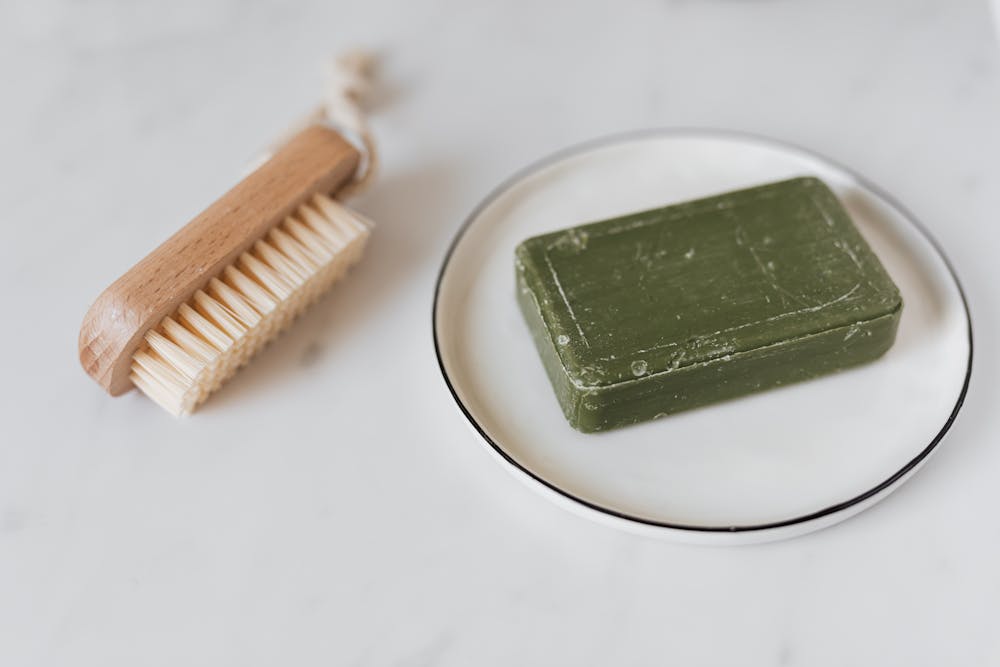
2. Alkali (Lye): The alkali or lye used in soap making is typically sodium hydroxide (for bar soaps) or potassium hydroxide (for liquid soaps). Sodium hydroxide results in a harder bar of soap, while potassium hydroxide produces a softer, more liquid soap.
Lye is a crucial hand and body soap ingredient not only for soap making but also for increasing the detergency (cleansing power) of soap. A properly formulated alkaline soap has enough lye in it for effectively removing dirt and other impurities while still being gentle on the skin.
3. Water: On its own, water naturally cleanses your hands by rinsing away dirt. In the soap-making process, water is also an essential ingredient. It facilitates chemical reactions by acting as a solvent for the lye. At the same time, water affects the texture and consistency of the final product.
4. Additives: Various additives are incorporated to enhance the soap’s properties. These include:
- Fragrances – Essential oils or synthetic fragrances are added to give the soap a pleasant scent.
- Colorants – Natural or synthetic colorants are used to make the soap visually appealing.
- Moisturizers – Ingredients like glycerin, shea butter, and aloe vera are added for their moisturizing benefits.
- Exfoliants – Natural soap ingredients like oatmeal, poppy seeds, or crushed nuts can be included to create a gentle scrubbing effect.
While both bar and liquid soaps share core ingredients essential for cleansing, their unique formulations result in distinct experiences and benefits. Let’s examine each type and how they impact your skin’s health and cleanliness.
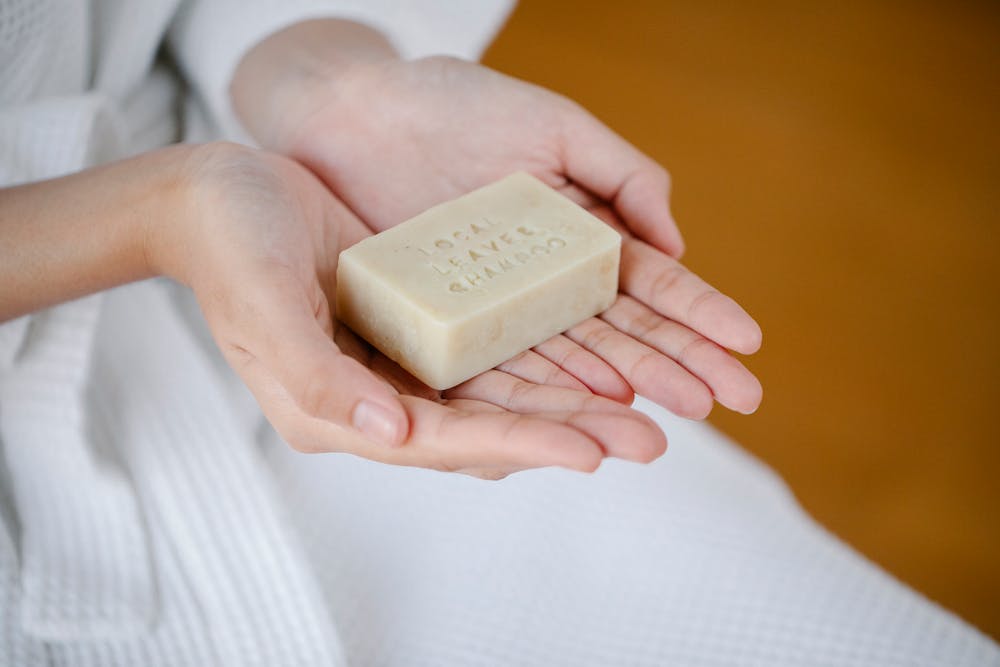
Bar Soaps
Bar soaps have long been a trusted choice for many households, and they are known for their simplicity and effectiveness.
Benefits of Bar Soap
- Minimal packaging; can be an eco-conscious choice if packed in a simple paper wrapper or box.
- Can contain beneficial ingredients like essential oils, herbs, and clays, which are gentle on the skin.
- Bar soap generally contains fewer ingredients than body soaps and gels, making it easier to find hypoallergenic and all-natural options. This is helpful if you have certain allergies.

Liquid Soaps
Liquid soap offers a gentle, convenient solution for keeping your skin clean and refreshed, perfect for sensitive skin types. This type of soap typically includes natural preservatives to prevent microbial growth, keeping your soap safe for longer. Whether for everyday use or addressing specific skin concerns, liquid soap delivers a nourishing cleanse that feels great on the skin.
Benefits of Liquid Soap
- Dispensed from a pump bottle, reducing the likelihood of bacteria cultivation.
- Can be formulated for different skin types and needs, including sensitive, dry, or oily skin.
- Some brands offer eco-friendly packaging options or refill stations to help reduce plastic waste.
Comparing Liquid Hand and Body Soap vs Bar Soap
Is bar soap better than liquid soap? Choosing between bar soap and liquid soap can seem challenging. Learning their differences can help you make a choice that best suits your needs, balancing hygiene, environmental impact, skin health, and cost.
Hygiene and Convenience
One of the primary considerations is hygiene. Liquid soap is generally considered more hygienic than bar soap because it is dispensed from a pump, reducing the risk of cross-contamination. Bar soaps, especially when shared, can harbor bacteria on their surfaces, which can be transferred from one user to another.
This makes liquid soap a more sanitary option, particularly in public or shared spaces where multiple people are washing their hands. Liquid soap’s packaging also contributes to its convenience. The pump bottle allows for easy, mess-free dispensing, making it user-friendly and efficient for quick hand washes.
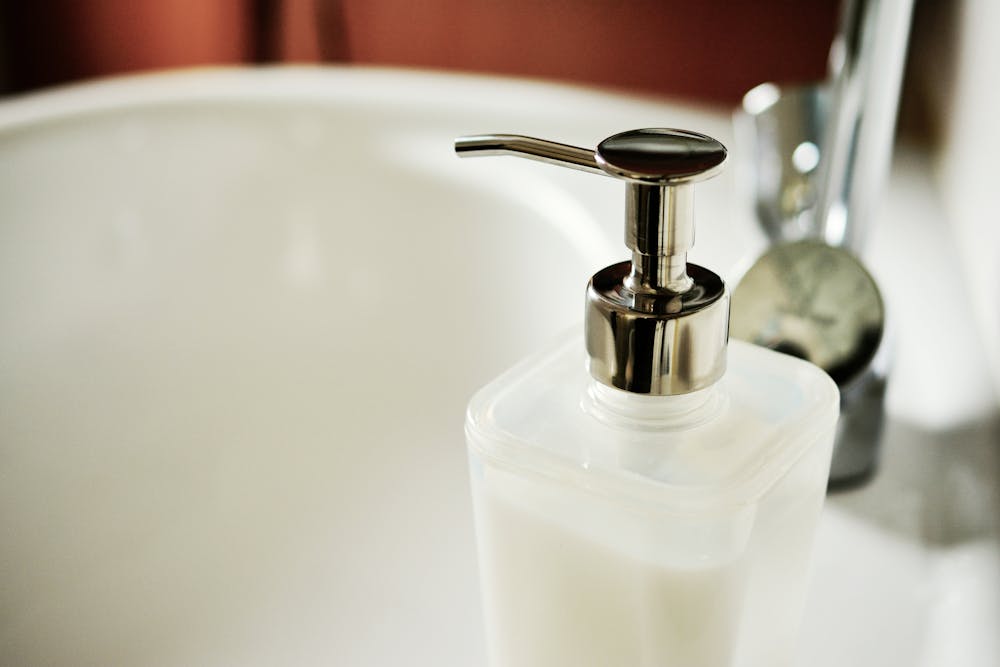
Environmental Impact
When it comes to environmental impact, packaging plays a significant role. Bar soaps usually come with minimal packaging, often just a simple paper wrapper or a cardboard box, which generates less waste. Furthermore, bar soaps can be made with biodegradable hand soap ingredients that are gentle on the environment.
Liquid soaps may typically come in plastic bottles, but some brands are moving towards eco-friendly packaging solutions and offering refill stations to mitigate this issue. It’s important to consider not only the packaging but also the ingredients used in both types of soaps. Natural and organic soaps often boast eco-friendly ingredients that break down easily in the environment, reducing their ecological footprint.
Skin Health
Skin health is another critical factor to consider. Liquid hand and body soap ingredients often contain added moisturizers, like glycerin and aloe vera, which help to hydrate the skin and prevent dryness. This makes liquid soap a better choice for individuals with sensitive skin or those who wash their hands frequently.
On the other hand, bar soaps can sometimes be harsh and drying, particularly if they contain strong detergents or lack moisturizing ingredients. However, many natural and handmade bar soaps are formulated with nourishing oils and butters that can be very gentle on the skin.
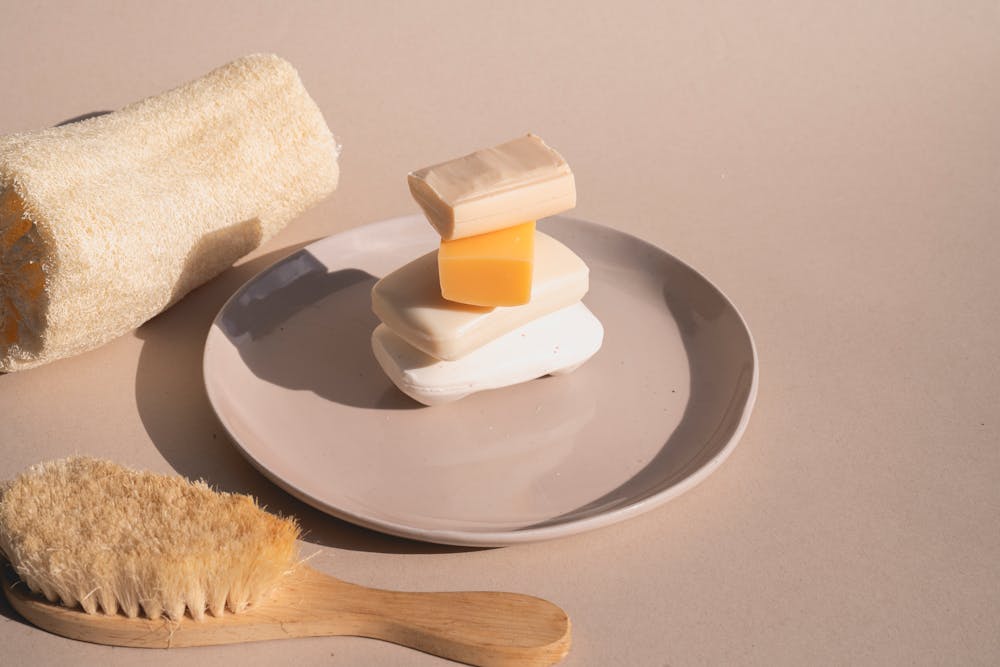
Cost and Longevity
When comparing cost and longevity, bar soap tends to be more economical. Bar soaps generally last longer than liquid soaps because users can control the amount they use more effectively, reducing waste. A quick swipe of bar soap is usually enough to generate a sufficient lather, whereas liquid soap can be overused if too much is dispensed.
It’s worth noting that high-quality bar soaps, particularly those that are handmade or contain premium ingredients, can be priced similarly to liquid soaps. Ultimately, the choice between bar and liquid soap will depend on personal preference, budget, and specific skin care needs.
Whether you lean towards liquid or bar soap, both have their unique ingredients and benefits tailored to different preferences and lifestyles. By considering the key aspects of hygiene, environmental impact, skin health, and cost, you can make a well-informed decision that aligns with your values and meets your daily cleansing needs.
Choose the Right Soap for You and Your Family
Deciding between bar and liquid soap can be simplified by considering your needs and preferences. While bar soap has its merits, such as minimal packaging and long-lasting use, liquid soap offers significant advantages in terms of hygiene, ease of use, and skin care.
Liquid soaps, especially those with pump dispensers, help reduce cross-contamination, making them a more hygienic option. Additionally, liquid soap ingredients for the hand and body are often enhanced with moisturizers, ensuring that your skin stays hydrated and soft after each wash. Plus, liquid soap can be eco-friendly with refillable packaging and sustainable options available.
If you’re looking for a convenient, hygienic, and skin-loving solution, liquid soap stands out as the better option. For instance, DR. COCO products such as the Natural Face & Body Soap and Natural Antibacterial Hand Soap are both nature-derived and effective choices. With nourishing ingredients, they provide thorough cleansing while keeping your skin soft and healthy.
Find the perfect liquid soap for you and your family and enjoy gentle, effective, and eco-conscious choices with DR. COCO!

